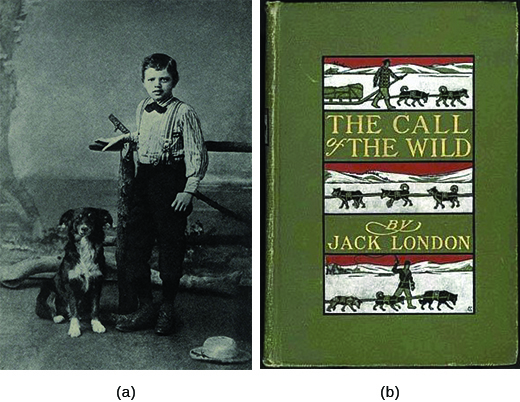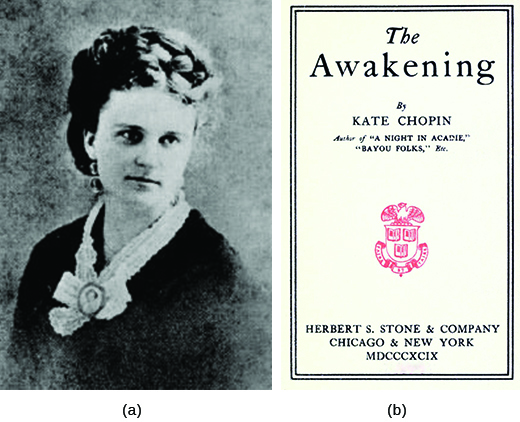| << Chapter < Page | Chapter >> Page > |

Kate Chopin, widely regarded as the foremost woman short story writer and novelist of her day, sought to portray a realistic view of women’s lives in late nineteenth-century America, thus paving the way for more explicit feminist literature in generations to come. Although Chopin never described herself as a feminist per se, her reflective works on her experiences as a southern woman introduced a form of creative nonfiction that captured the struggles of women in the United States through their own individual experiences. She also was among the first authors to openly address the race issue of miscegenation. In her work Desiree’s Baby , Chopin specifically explores the Creole community of her native Louisiana in depths that exposed the reality of racism in a manner seldom seen in literature of the time.
African American poet, playwright, and novelist of the realist period, Paul Laurence Dunbar dealt with issues of race at a time when most reform-minded Americans preferred to focus on other issues. Through his combination of writing in both standard English and black dialect, Dunbar delighted readers with his rich portrayals of the successes and struggles associated with African American life. Although he initially struggled to find the patronage and financial support required to develop a full-time literary career, Dunbar’s subsequent professional relationship with literary critic and Atlantic Monthly editor William Dean Howells helped to firmly cement his literary credentials as the foremost African American writer of his generation. As with Chopin and Harding, Dunbar’s writing highlighted parts of the American experience that were not well understood by the dominant demographic of the country. In their work, these authors provided readers with insights into a world that was not necessarily familiar to them and also gave hidden communities—be it iron mill workers, southern women, or African American men—a sense of voice.
Mark Twain’s lampoon of author Horatio Alger demonstrates Twain’s commitment to realism by mocking the myth set out by Alger, whose stories followed a common theme in which a poor but honest boy goes from rags to riches through a combination of “luck and pluck.” See how Twain twists Alger’s hugely popular storyline in this piece of satire.
Author Kate Chopin grew up in the American South and later moved to St. Louis, where she began writing stories to make a living after the death of her husband. She published her works throughout the late 1890s, with stories appearing in literary magazines and local papers. It was her second novel, The Awakening , which gained her notoriety and criticism in her lifetime, and ongoing literary fame after her death ( [link] ).

The Awakening , set in the New Orleans society that Chopin knew well, tells the story of a woman struggling with the constraints of marriage who ultimately seeks her own fulfillment over the needs of her family. The book deals far more openly than most novels of the day with questions of women’s sexual desires. It also flouted nineteenth-century conventions by looking at the protagonist’s struggles with the traditional role expected of women.
While a few contemporary reviewers saw merit in the book, most criticized it as immoral and unseemly. It was censored, called “pure poison,” and critics railed against Chopin herself. While Chopin wrote squarely in the tradition of realism that was popular at this time, her work covered ground that was considered “too real” for comfort. After the negative reception of the novel, Chopin retreated from public life and discontinued writing. She died five years after its publication. After her death, Chopin’s work was largely ignored, until scholars rediscovered it in the late twentieth century, and her books and stories came back into print. The Awakening in particular has been recognized as vital to the earliest edges of the modern feminist movement.

Notification Switch
Would you like to follow the 'U.s. history' conversation and receive update notifications?